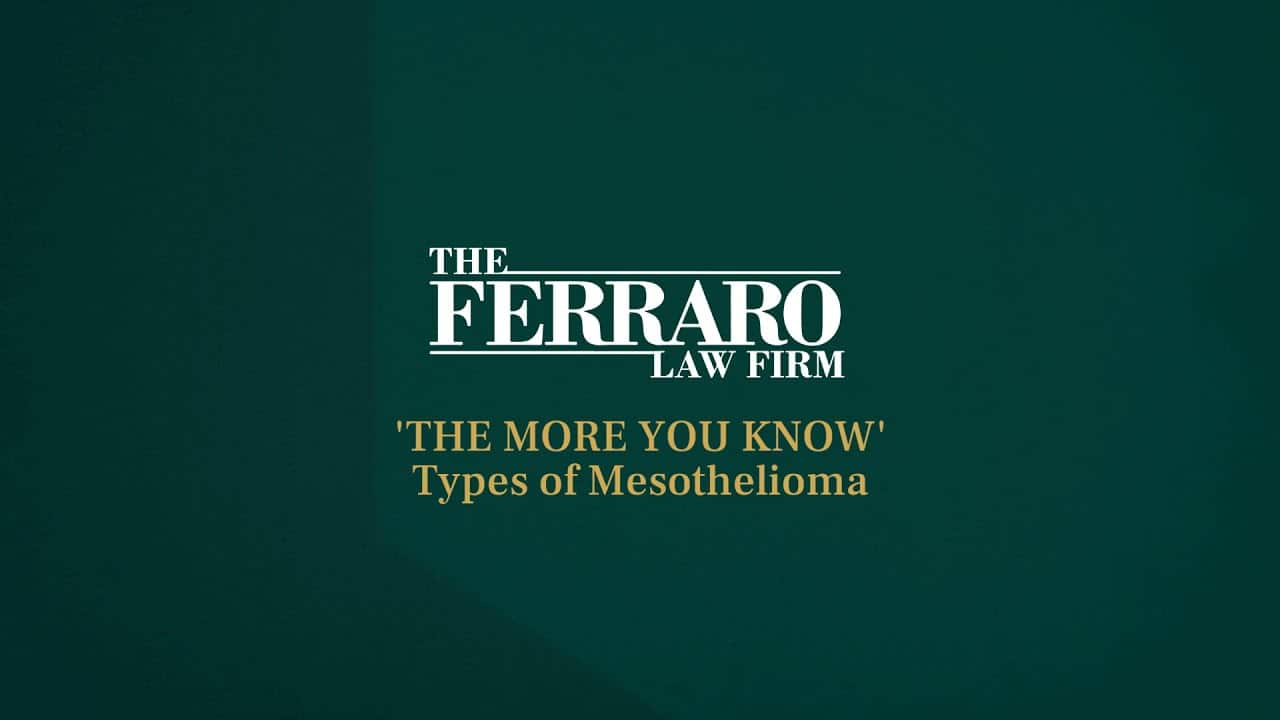If you were seriously injured, remember that it is crucial to choose the right law firm to represent your interests. We have been doing this for more than three decades, and have the resources you need to challenge any opponent.
Asbestos Defendant’s Attempt to Limit Liability Rejected by U.S. Bankruptcy Court
Factions of specialty chemicals maker RPM International Inc. are in the process of bankruptcy due to asbestos litigation, and attorneys for the firm had attempted to argue that its liability should be somewhere in the neighborhood of $300 million to $575 million.
The U.S. Bankruptcy Court, however, basically said, “Nice try, but you’ll have to do better.” The court called the theory upon which the firm had attempted to limit its liability in asbestos claims “novel,” but ruled it didn’t pass legal muster. That means the company will more than likely need to set aside about $1.2 billion for current and future claims – about twice what it had originally anticipated.
Our mesothelioma lawyers applaud the court’s ruling and its willingness to refuse the asbestos defendant’s attempts to sidestep responsibility for the harm caused to potentially hundreds of thousands of people with its dangerous products and failure to warn.
This is a ruling that, while a victory certainly for specific plaintiffs in cases against RPM International and subsidiary Bondex, also has widespread implications for future asbestos litigation. Specifically, it’s going to come into play for these firms in determining how much money they have to set aside in their bankruptcy asbestos trusts to cover current and future asbestos liability claims.
This is a company that produced a type of joint compound that was routinely used to fill gaps in drywall during construction projects. That compound contained asbestos, and as we all know, asbestos causes mesothelioma, a form of aggressive and terminal cancer that lies dormant for decades.
According to Thomson Reuters, RPM and Bondex filed for bankruptcy back in the spring of 2010 with the intention of establishing an asbestos trust for all the personal injury claims filed against the firm. It is in this way that many companies have been able to continue to operate, virtually shielded from future claims.
Individuals who were harmed would then file a claim with the trust and be awarded a settlement amount, based on their damages.
A big part of this whole process involves determining how much a company should set aside, by calculating how many people the firm has harmed and how much each plaintiff should be paid. In doing this, the court will look at prior claims the company has awarded.
In this case, the company argued that this history of prior claims shouldn’t be counted toward how much should be set aside for future claims because of the number of “nuisance cases” it had settled. That is, the firm says it settled cases that didn’t necessarily have merit because it was cheaper than fighting them in court. For this reason, the firm said those cases shouldn’t be tallied when determining how much should be set aside for future claims.
The judge rejected the argument, saying that historical settlement data is an important determinant in evaluating future claims.
The ruling could affect cases like this two-fold. One, it’s probably going to mean that defendants will fight more cases in court, even if it does end up costing more than a settlement might otherwise. The ruling means defendants have more to lose than just the case at hand if they settle.
But secondly, it will mean more sizable payouts made to those who can successfully make a claim to an asbestos trust.
Table of Contents
Frequently Asked Questions: Mesothelioma & Asbestos
What is asbestos?
Why is asbestos dangerous?
What are asbestos-related diseases?
What causes mesothelioma?
What are the different types of mesothelioma?
What are common mesothelioma symptoms?
Do I qualify for compensation if I have mesothelioma?
What is the life expectancy for someone with mesothelioma?
Do I qualify for compensation if I have mesothelioma?
Help for mesothelioma victims can be found at The Ferraro Law Firm by calling (888) 554-2030. Offices in Miami, Washington, D.C., and New York City.
Additional Resources:
Bankruptcy judge rejects ‘novel’ theory to limit asbestos liability, May 21, 2013, By Tom Hals, Thomson Reuters
More Blog Entries:
Bill Would Enhance Worker Protections From Asbestos, Other Hazards, May 3, 2013, Mesothelioma Lawyers Blog






